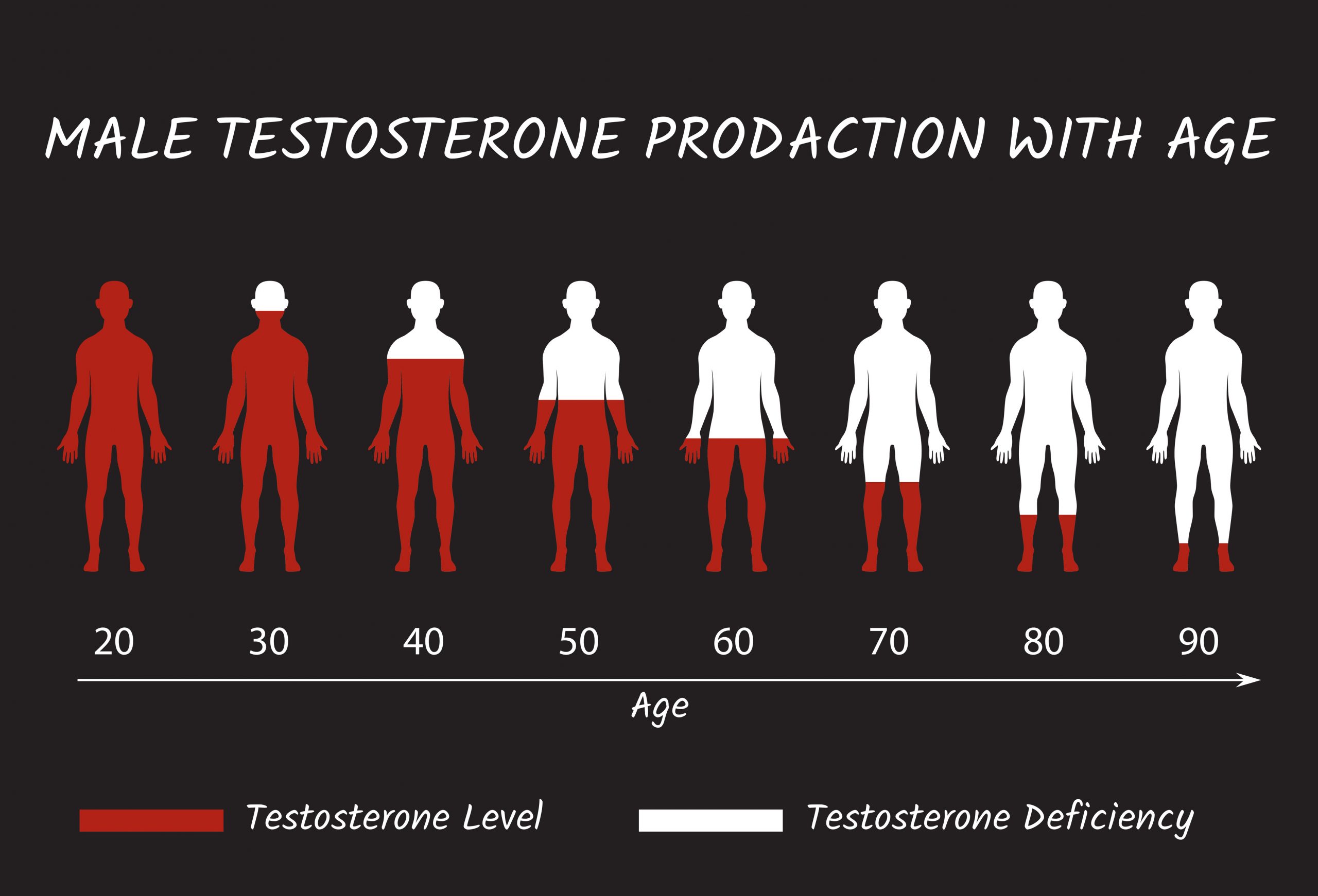Your cart is currently empty!

January 24, 2022
Testosterone can be administered into the body in several ways. The most common method is by injection. Other delivery methods include transdermal gels, creams, or patch applied to the skin. Oral testosterone is not FDA approved and has negative side-effect on the liver. There are also pellets that are inserted under the skin. Dr. Robert Fortino has been performing and teaching his patients to self administer Testosterone Replacement Therapy for over 10 years. He has a painless but effective process for TRT injections His method easy, most efficient and most cost effective way to regain your vitality and life back.
Testosterone is not stored by the body for future use, so in order to maintain healthy levels, it must be administered in timed intervals and in appropriate dosages.
Testosterone levels are confirmed through a blood test. Testosterone exists in your bloodstream in two forms– “bound” testosterone and “free” testosterone. The majority of bound testosterone in the body is chemically bound to a protein called “sex hormone binding globulin” (SHBG). The remaining bound testosterone in the system is mostly bound to another protein called albumin. Free testosterone is not chemically attached to any proteins and is considered the “active” form of testosterone, as it is readily available to bind to androgen receptor sites on cells. Normal testosterone level of combined bound and free testosterone in male bodies can range anywhere from 300-1100 ng/dl (nanograms per deciliter). Levels will vary with age and individual factors. Levels of free testosterone can range between 0.3%-5% of the total testosterone count, with about 2% considered an optimal level. The levels are merely a guideline by which you and your doctor can begin to measure progress. Your results and your dosing should be guided by your overall health, and how your body and moods react to different dosages. Dr. Fortino does not take “a one-size-fits-all” approach to your TRT dosing. Dr. Fortino in engaged in the monitoring of your health and feelings closely.
Increasing your dose might have an adverse effect. Excess testosterone in your body can be converted into estrogen by an enzyme called “aromatase.” This conversion is part of the body’s natural feedback system– if there is an abundance of testosterone in the body, it is converted (“aromatized”) to estrogen in order to maintain a “normal” hormonal balance. Therefore, taking very large doses of testosterone might not be a great idea.
Testosterone esters: what they are and how they work
Testosterone that is prescribed for the purposes of hormone therapy is in the form of testosterone “esters.” An ester is simply a name for a chemical compound that is formed from reaction between a carboxylic acid and an alcohol. A simple chemical diagram of this reaction is shown below in Figure A. The two most common testosterone esters are testosterone cypionate and testosterone enanthate.

Other esters of testosterone include acetate, propionate, phenylpropionate, isocaproate, caproate, decanoate, and undecanoate. Each of these have different esters chain groups. The main difference is how many carbon and hydrogen atoms make up the chain. For example, the propionate ester is composed of 3 carbons, 6 hydrogens, and 2 oxygens, whereas the cypionate ester is composed of 8 carbons, 14 hydrogens, and 2 oxygens. Esterification of testosterone is done in order to improve the solubility of testosterone in oil, which in turn slows the release of the testosterone from the site where it enters the body. So generally, the more carbons the ester group has, the more soluble in oil it becomes, and the less soluble in water. If the testosterone transfers too quickly from the oil to the blood, the result is a sudden spike in testosterone which then rapidly drops once the dose has been used up. Testosterone enanthate (7 carbons) and testosterone cypionate (8 carbons) both take about 8-10 days to be fully released in the system, and so they are typically injected once every 7-14 days. Testosterone propionate (3 carbons) takes about 3-4 days to be fully released in the system and must be injected in smaller doses at least weekly if not twice weekly.
Injectable testosterone
Dr. Fortino will explain the TRT process to include type of testosterone that you will use, dosing and timing of injections, as well as side effects. He will also discuss periodic lab assessment. The dosage amount and timing for injectable testosterone will depend largely upon which ester is being used, as well as the individual’s own response to the hormone. In general, dosages will vary between 50 mg and 300 mg per injection, depending on the ester and the dosing regimen. An average injectable dose is about 200-250 mg every two weeks.
Broad Street Weight Management Center, Inc., 1822 South Broad Street, Philadelphia, PA 19145
Premiere Physicians Weight Loss, LLC., 129 Johnson Road, Turnersville, NJ 08021, Unit A-3
Robert Fortino, D.O. Medical Director 215-336-8000 856-318-4100